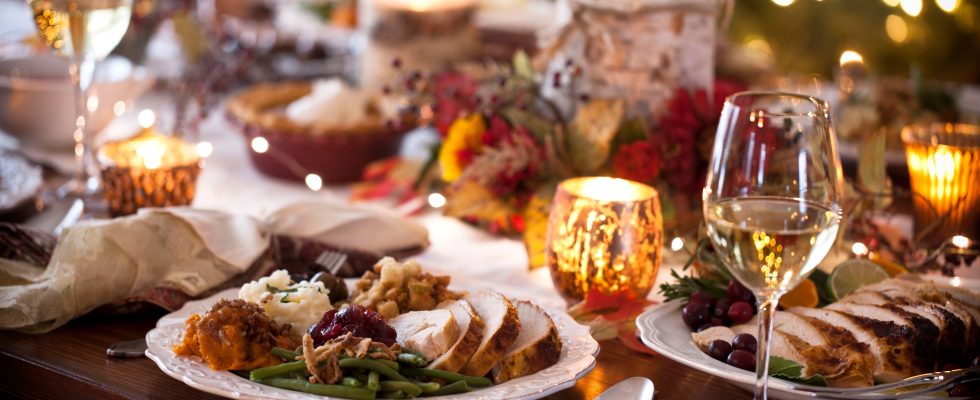At the opening of the feast ball, the tide dresses in white. For each variety of oysters, its partner. The Open Sea Gryphées and Fine Claires require the liveliness of an Entre-deux-Mers Bordeaux or a Muscadet Sèvre-et-Maine, while the Special Creuses will pair well with finely crafted Loire Sauvignons. by flint, Sancerre or Pouilly-fumé. The Bélon dishes will combine their subtle nutty taste with the tense notes of a Chablis chardonnay or an Anjou chenin. So many bottles that will shine with the other shellfish on a seafood platter and shellfish served cold. Hot and (or) in sauce, these will be more at home with a white wine from the Côte de Beaune or Chablis. As for the sea urchins, they pride themselves on being on par with the whites of Provence.
Noblesse oblige, turbot, sea bass, John Dory, sole, monkfish… are regulars on festive menus. Rarely presented in their humblest – and tastiest – apparatus, they have to deal with often creamy sauces. Here again, the great white grape varieties stand out: smooth Chardonnays from Meursault, sharp Puligny-Montrachet, or even well-bred Sauvignons from Sancerre and majestic Rieslings from Alsace.
Absolute queen of the party, truffle enhances dishes. But the mysterious and fragrant tuber requires nectars with a strong temperament. White, the rare Piedmontese is only eaten raw and in the simplest preparations: gnocchi, pasta, risotto or brouillade. The persistent power of its aromas makes the pairing tenuous, but its alloyed and gaseous side leads to a white with mineral touches and careful oxidation: a vintage champagne, a Hermitage or a Châteauneuf-du-Pape. The dark and flamboyant tuber melanosporum, she loves cuddling poultry. The black diamond thus suits the half-mourning Bresse chicken in bladder, a legend! A legendary dish, wines from the same barrel: the right time to bring out a great Pomerol or a Saint-Emilion classified growth. Unless you prefer a nugget of Gevrey-Chambertin or Cornas.
If well-furnished poultry remain the stars of Christmas tables, nemrods prefer some beautiful pieces of hunting or other small feathered game. Turkey with chestnuts or venison jig? Stuffed capon or royal hare? Roast goose or wild boar haunch? The dilemma resonates even in the cellar. With the former having delicate flesh, wines with contained power will chat without raising their voices, like the fleshy whites of Chassagne-Montrachet. Reds from Burgundy, Provence, Beaujolais or Sancerrois are also welcome. To the latter, with a much more “full-bodied” flavor, the tannic and stocky reds will speak on an equal footing, like a Morey-Saint-Denis, a Côte-Rôtie, a Gigondas or a ‘a madiran.
Another star of New Year’s Eve, his majesty foie gras is often combined with sweet wines from Bordeaux, Alsace or Anjou. But the abundance of sugar can be heavy on the taste buds and alter the taste. Accompanied in this way, it will be served as in the past as a dessert, before the cheese. At the start of the meal, the foie gras will best be enjoyed with a gourmet red Pessac-Léognan, an elegant Margaux or a refreshing champagne. Bubbles that we will find with the essential Yule log, in a rosé version with scents of citrus and red fruits; in white for chestnut, praline, coffee or chocolate.
Still, the best deal will always be the one that satisfies you. So have fun, test, dare… the possibilities are endless!
